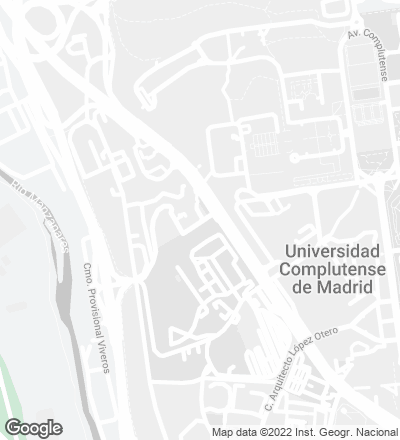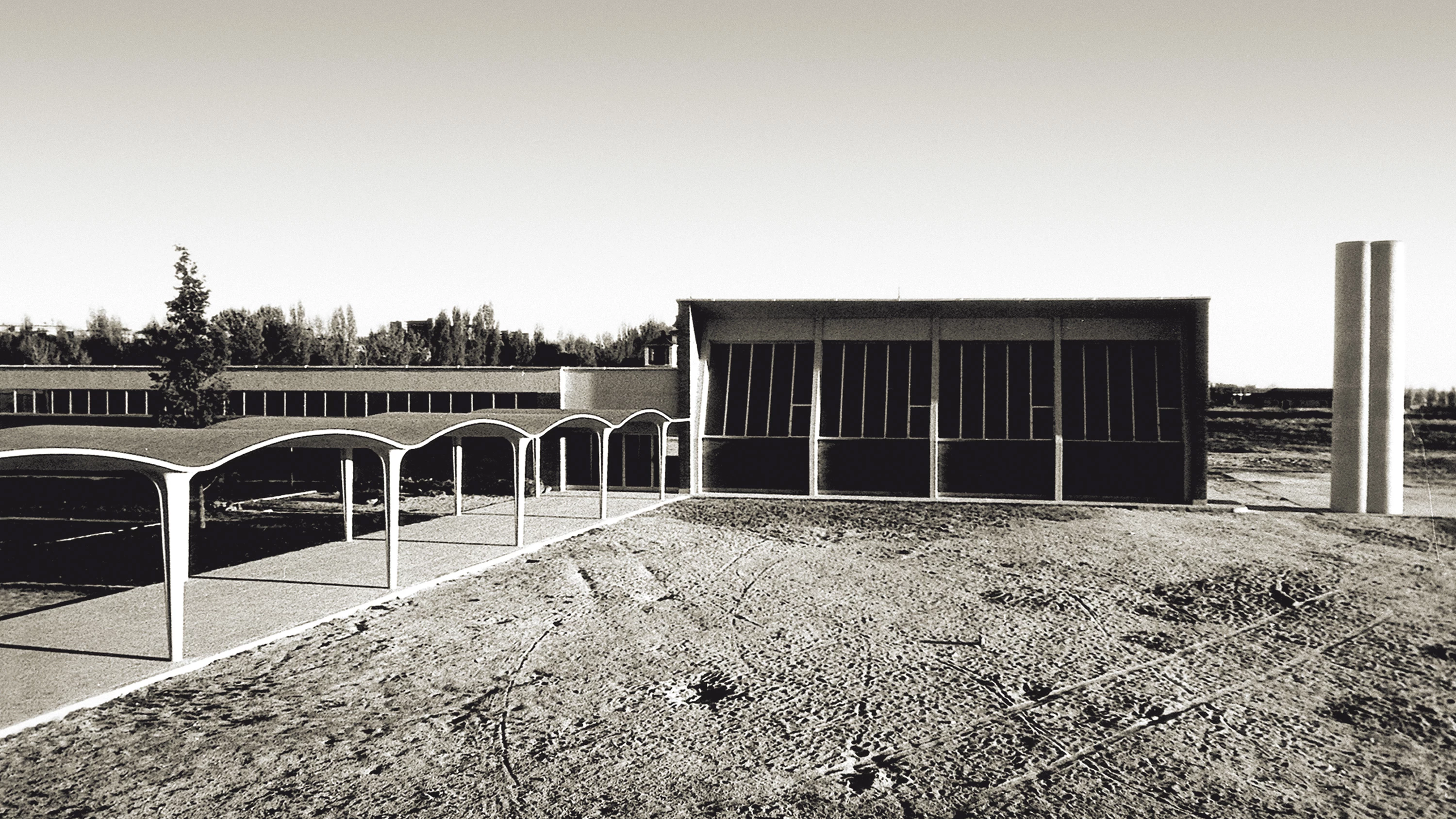Teacher Training Center, Madrid
Miguel Fisac- Type Education University
- Material Ceramics Brick Concrete
- Date 1954 - 1957
- City Madrid
- Country Spain


Only partially completed, the pavilions of the Teacher Training Center which go up by the highway of La Coruña reveal the purpose they serve by way of a distinct volumetry. The brick volumes that are taken up by the access area, the classrooms, the offices or the spaces for practical courses are connected by a light and undulated concrete canopy.
“It was a building for high school or vocational training teachers that came here fifteen days to update their education; there were theoretical and practical lessons and everything was thoroughly organized. It was important to encourage the exchange among them and that is why the open spaces earned such an important role. It was carried out in several phases and I added things gradually as they told me, around courtyards recalling those aspects that I so much liked from the Alhambra, where the palace was not built all at once, but by adding elements. It is one of the buildings with which I have learned more, together with Japanese architecture. Because I have never really enjoyed reading, except for Complexity and Contradiction, the book by Robert Venturi, which I thought was funny because it ingeniously criticized the Modern Movement.”
Aside from the typological choice, the constructional matters were once again for Fisac the core of the project. “I then started to think about concrete – which I consider the best building material – and wanted to reflect its fluid condition in some way, set it apart from the remaining materials that arrive solid at the construction site. Stone is carved, Brick is pressed in a mold, but concrete is a material that is poured in a doughy state. With that in mind, I decided to make molds for the canopy with string and plaster which, after some nine days, were removed leaving those soft contour shapes. This was the beginning of a research that led me years later to the flexible formwork”
“It was a pity that the system of labor institutes fell apart; it was inspired by the German teaching of trades, that seeked to give farmers, craftsmen and all types of operators a solid training, not to turn them into something else. Today this type of training has been abandoned, so they remain as rustic as always. Currently, construction is in the hands of immigrants, of unskilled labor, and in the construction sites you see bricklayers that don’t know how to hold a brick, or how to walk on scaffolding. Trades have been lost completely.”... Continue reading the original article







